On September 2, the Second International Summer School on “Operation and Control of Power-Electronic-Based Power Systems” successfully concluded in Beijing. The event was co-hosted by the Department of Electrical Engineering and Applied Electronics (EEA) of Tsinghua University and the Control and Power Research Group of Imperial College London, with academic support from the Tsinghua–Imperial Joint Research Centre for Smart Power and Energy Systems. Over the nine-day program, students gained an in-depth understanding of cutting-edge developments in new power systems and power electronic equipment through structured coursework, field visits, and interactive seminars.
The closing ceremony was hosted by Associate Professor Zhang Ning of EEA, who delivered remarks on behalf of the organizers. He expressed gratitude to all the professors and teaching assistants for their contributions and encouraged students to integrate what they had learned into their future academic and professional pursuits. He also welcomed their continued participation in Tsinghua University’s future academic exchange programs. At the end of the ceremony, Zhang Ning presented certificates to the winners of the Best Poster Award and to the teaching assistant team, as well as completion certificates to all participants, officially marking the successful conclusion of the Beijing session of the Second International Summer School on “Operation and Control of Power-Electronic-Based Power Systems.”

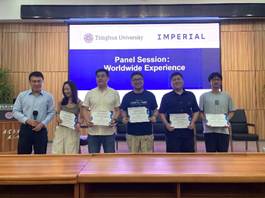
Group photo of Best Poster Award winners and the teaching assistant team
Field Visit to China Three Gorges Corporation’s Ulanqab Source-Grid-Load-Storage Technology Base
To further strengthen students’ practical understanding of advanced power system technologies, the summer school organized a field trip on September 1 to the China Three Gorges Corporation’s “Source-Grid-Load-Storage” Technology R&D and Testing Base in Ulanqab, Inner Mongolia. Funded and built by China Three Gorges Corporation, the base serves as a key national demonstration project that integrates research, validation, and application in the field of new energy. It establishes a deeply integrated model connecting industry, academia, research, and application, making it one of China’s most representative technological innovation platforms in the “Source-Grid-Load-Storage” domain.
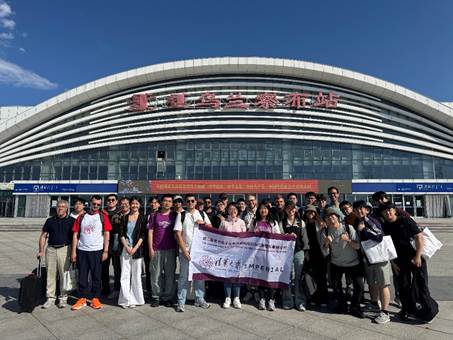
Summer school delegation arriving at Ulanqab
The delegation first visited the R&D building to observe the real-time monitoring display of the Source-Grid-Load-Storage Energy Management System. They gained a detailed understanding of the base’s layout and operational mechanisms. The system continuously monitors voltage, current, and power parameters across photovoltaic, grid, storage, and load components, while centrally controlling multiple energy storage facilities including sodium-ion batteries, solid-state lithium-ion batteries, supercapacitors, flywheel storage, and compressed air energy storage.
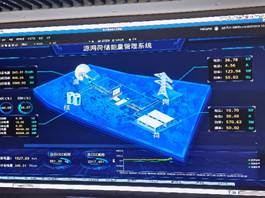
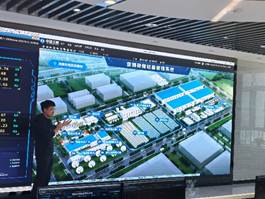
Source-Grid-Load-Storage Energy Management System
The group then conducted on-site visits to the Dish-Stirling solar thermal power generator, the energy storage battery plant, and the energy router factory. Base experts provided detailed explanations of the working principles and technical challenges of solar thermal power generation, compared it with photovoltaic power generation, and analyzed the vital role of electrochemical energy storage in the operation of modern power systems. Students actively raised questions and exchanged views with experts on topics such as energy conversion efficiency and cost.
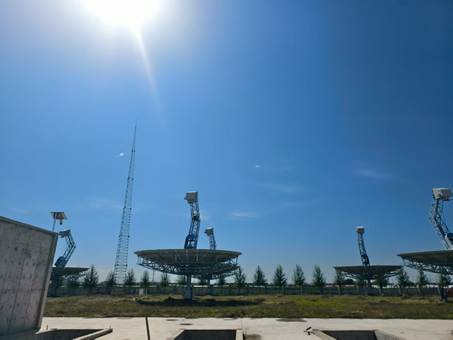
Dish-Stirling Solar Thermal Generator
At the compressed air energy storage experimental site, the delegation learned how the system achieves energy regulation and renewable power smoothing through “compression for storage and expansion for generation.” The base features an innovative design that places air storage tanks above ground, facilitating flexible storage and transportation. The group also visited a trough-type mirror field, where concentrated sunlight heats the heat-transfer medium above 200°C. During power generation, solar thermal energy enhances the efficiency of compressed air utilization, increasing the overall energy conversion efficiency from 60% to 80%.
The students also visited the Hydrogen Energy Integrated Experimental Base, which covers the full hydrogen energy chain — production, storage, transportation, refueling, and application. The base houses China’s largest single-stack 2.5 MW proton exchange membrane water electrolysis hydrogen production system, with a daily liquid hydrogen output of 300 kg. The produced hydrogen is primarily used to supply 35/70 MPa hydrogen refueling stations for fuel cell vehicles and to achieve energy storage and combined heat and power generation through hydrogen fuel cells, with an overall system energy conversion efficiency exceeding 85%.


Trough-type mirror field and compressed air energy storage system
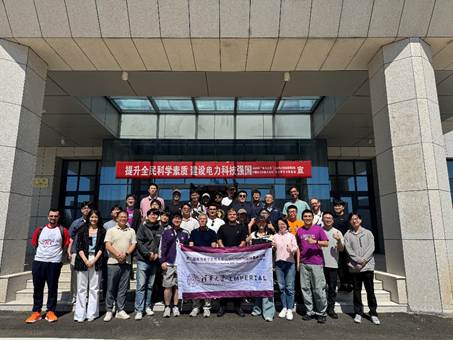
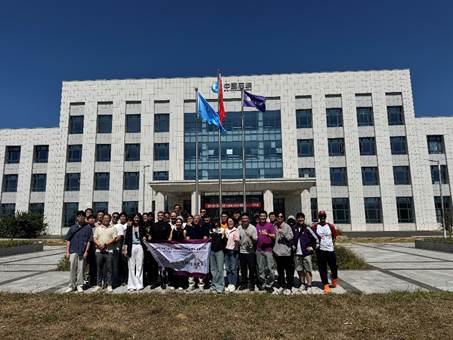
Group photo at the Source-Grid-Load-Storage Technology R&D and Testing Base
This field visit not only strengthened students’ direct understanding of cutting-edge power system applications but also deepened their comprehension of power electronic equipment. Through an integrated “Classroom Learning – Beijing Visits – Inner Mongolia Practice” educational model, this summer school built a complete learning chain. The classroom learning phase solidified students’ theoretical foundations in energy systems and provided a systematic framework of knowledge; the Beijing visit phase connected students with leading research institutes and technology enterprises, allowing them to experience the transition from research to industrialization and bridging the gap between theory and practice; the Ulanqab field study phase further extended this chain by engaging students in hands-on observation and technical discussions, turning theoretical knowledge into concrete understanding of real-world applications. This effectively enhanced their ability to solve practical problems in the energy sector. The successful conclusion of this summer school not only strengthened EEA’s international influence but also laid a solid foundation for cultivating high-level talent in the future energy field.

















 News & Events
News & Events